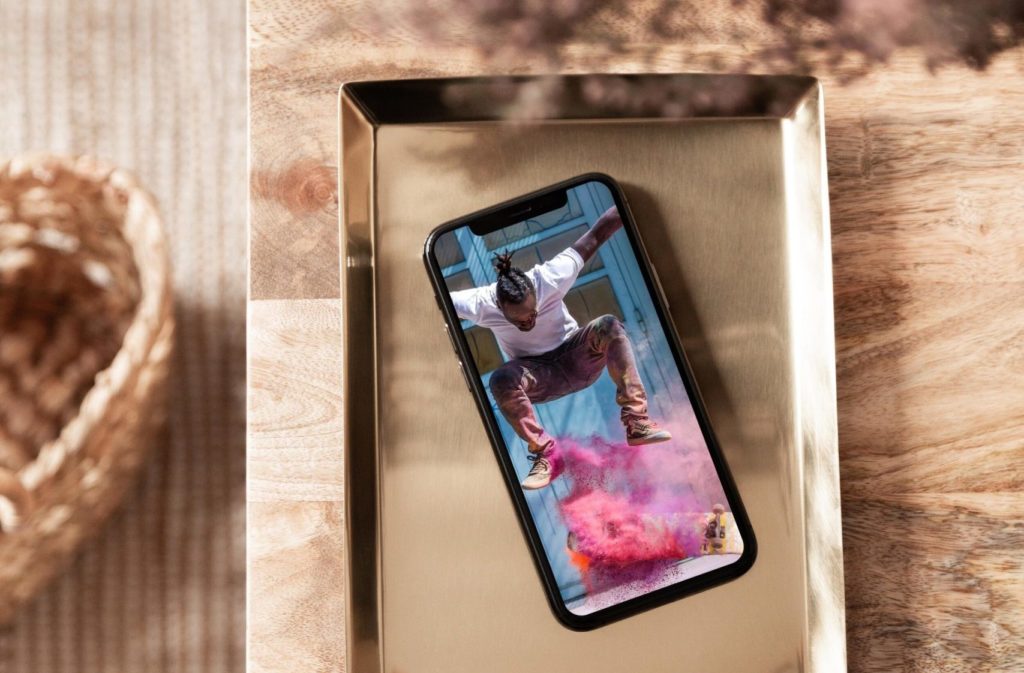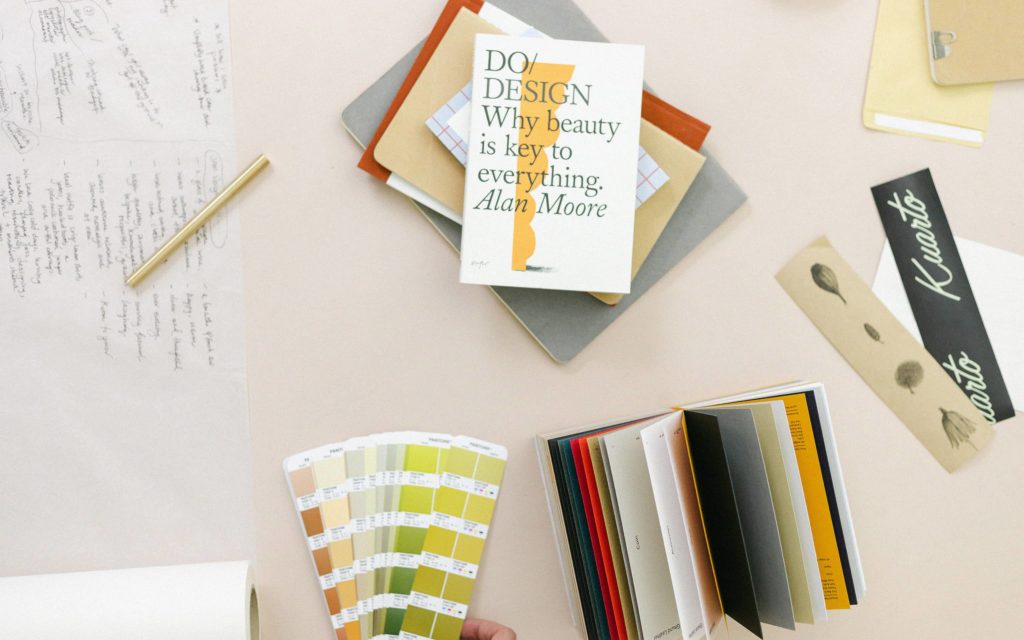Why the colour palette in your brand identity isn’t as simple as it appears
A colour palette isn’t always what it seems
With graphic design and brand identity work, it is easy to assume that one colour palette is used for every type of marketing output, but unfortunately it isn’t that simple. I wish to debunk the different colour systems and why they’re important for everyone to be aware of. There is immense value in having a detailed colour palette developed during the brand design phase, and I’ll explain when is best to use those colours on the gamut (hehe, I couldn’t help myself, I like a design pun…) of print to digital design.

Isn’t a colour, simply a colour? Time to debunk!
Digital and print output require different systems to make up the colours that we see on screen or on paper. Depending on the a) finished output desired, b) colour calibration of screens, c) the type of paper printed onto, d) the quality of the printer and printing technique itself, and e) how each individual’s vision behaves, colours will never be exactly replicable.
To help combat this, designers select a combination of colour from these different modes to help balance the differentiation and give the best shot at consistency. Which even with our tried and tested approaches, sometimes won’t always be as close as we would like, and have the potential to throw unexpected surprises at us (such as lighter or darker outcomes).
The key systems your colour palette will use
Pantone Matching System
Pantone Matching System (PMS) is the universally used ‘spot’ colour matching system. It uses specific codes world wide for high quality printing and packaging, on both coated and uncoated paper stock.
CMYK
CMYK is the widely used colour print alternative to the use of PMS colours. It is easier to print smaller amounts, and is often more financially viable, allowing press houses to use digital and offset printers.
RGB
RGB stands for Red Green Blue and is the coding system for any digital colour you see, except for HEX, which stands for Hexadecimal, and represents the same colours, but a different and specific code made up of numbers and letters, used in web-design.

Explaining your brand identity’s colour palette
Pantone Coated and Uncoated
Pantone is more expensive than CMYK, but for good reason. It achieves a high quality, and more accurate result due to its precise mixing. PMS has different codes depending on what paper you’re using. Coated refers to the glossy, smooth finish of a paper stock. Specific PMS codes are provided for coated paper, as the ink sits on top of the surface achieving a richer finish.
Much like the Pantone Coated, Pantone also has a system of colour codes for Uncoated paper stock. This is for paper like thick, white boards; paper with lots of natural fibres; kraft paper and stock with a rougher feel. The colour is never as vibrant on matte or uncoated stocks, due to the nature of the paper absorption. It is perfectly normal to see colours appear a little differently.
CMYK Coated and Uncoated
CMYK stands for Cyan, Magenta, Yellow and Black (or Key, the original term for Black in printing). These colours are coded with a sequence of four numbers, and layered on top of each other when printing. PMS colours are converted to CMYK to achieve a similar, though never exact result. It is important to be aware of what CMYK tones you use for Coated stocks and how closely they are matched to Pantone version/the desired look.
Similar to Pantone using Uncoated, there are also a set of codes for CMYK when used on Uncoated paper. The saturation of these colours may be less than those of Pantone Uncoated, so it is really important to check back on the codes selected with your printer. Test-test-test! Depending on the paper, project and desired outcome, testing through press checks will help you get close.
RGB or HEX
Digital colours are stunningly vivid. They come in the form of RGB or HEX colours. RGB uses the bright light from screens (much like our eyes use daylight) to portray tones. They have an incredible ability to display shades that can’t be replicated through print. This means not every digital colour is available for print. However, you can select one which is as close as possible. HEX are the same as RGB, but use a different coding system specifically for web design.
Brand Identity Design
Collateral Design
At OAM Design Co., I will craft a charismatic brand experience for your business which delights your community.
Based in London, UK Collaborating with clients worldwide.
